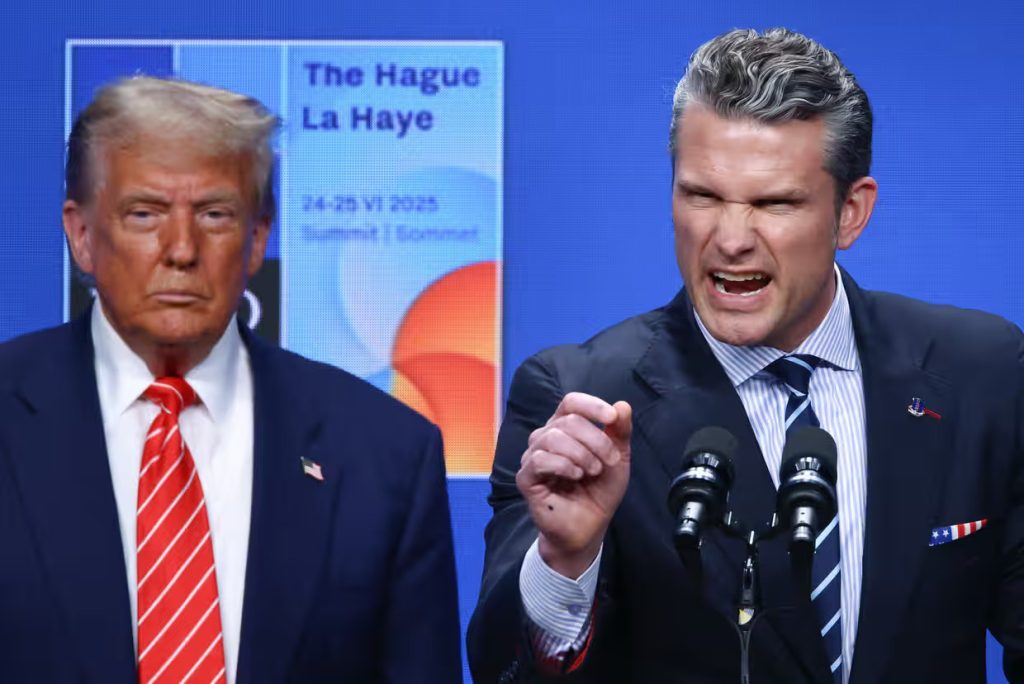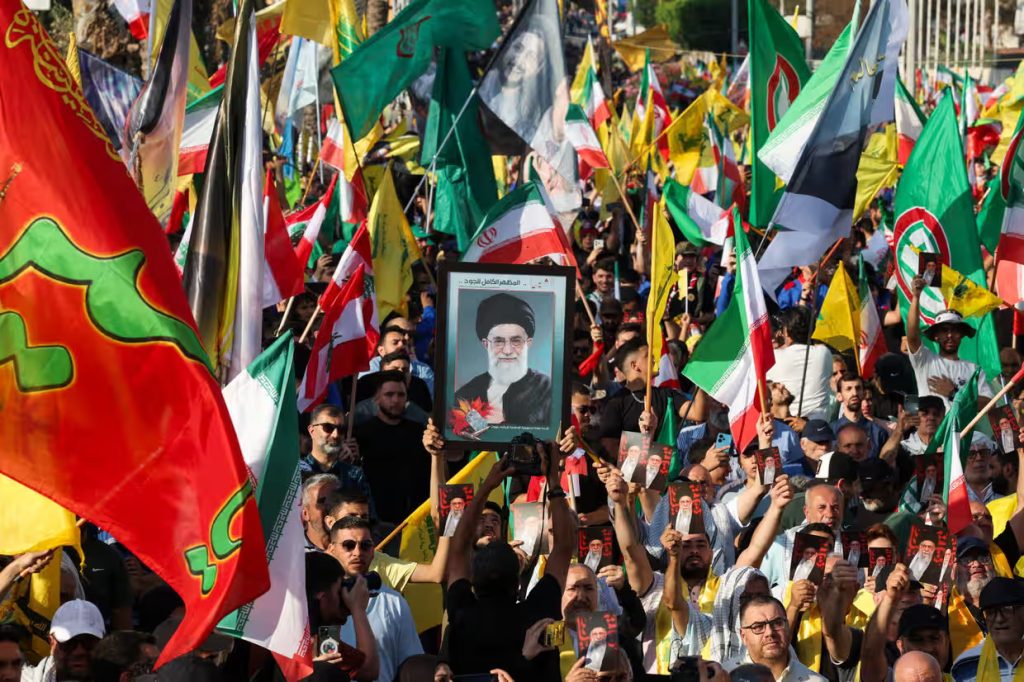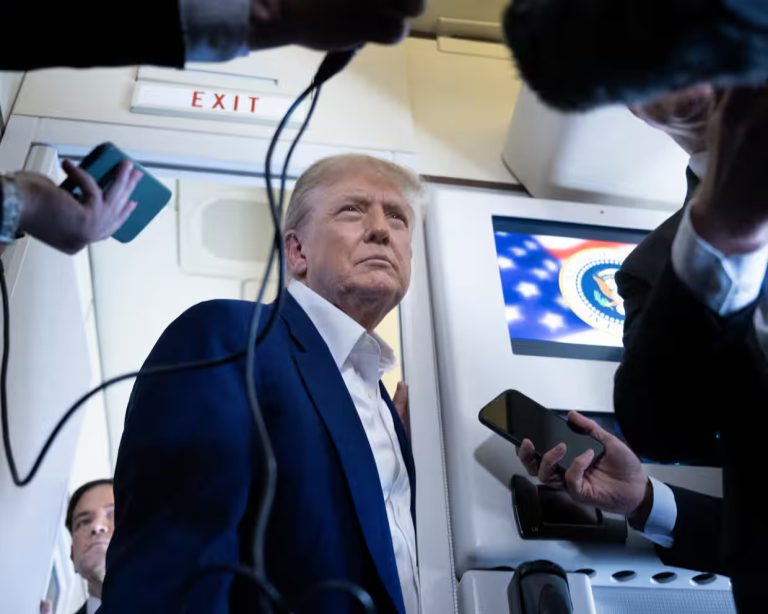Trump Administration Defends Iran Strikes Amid Dispute Over Intelligence
WASHINGTON — The Trump administration has escalated its defense of recent U.S. airstrikes on Iran, citing newly acquired intelligence that supports claims of a successful operation, despite leaked assessments suggesting Tehran’s nuclear program may only have suffered a temporary setback.
The administration is reportedly considering limiting the distribution of classified intelligence to Congress, according to reports from The Washington Post and Associated Press, as internal disagreements and criticism mount.
“This was a devastating attack, and it knocked them for a loop,” former President Donald Trump said Wednesday, walking back earlier remarks in which he had described the intelligence as “inconclusive.”

Senior officials rejected a leaked Defense Intelligence Agency (DIA) assessment that estimated Iran could restart its nuclear activities within months. Director of National Intelligence Tulsi Gabbard posted on X (formerly Twitter) that “new intelligence confirms” Trump’s assessment, asserting that Iran’s key facilities at Natanz, Fordow, and Esfahan had been destroyed and would take years to rebuild.
CIA Director John Ratcliffe backed the claim, saying intelligence from a “historically reliable” source indicated that multiple critical nuclear sites had been destroyed and would require years to reconstruct.
At the NATO summit, Trump handed the podium to Defense Secretary Pete Hegseth, who criticized the media for allegedly using the leaked DIA assessment to damage the administration politically. “They want to spin it to try to make him look bad,” Hegseth said.
In response to the leaks, the White House is reportedly considering restricting classified briefings to lawmakers. This drew sharp criticism from Senate Minority Leader Chuck Schumer, who said, “Senators deserve information, and the administration has a legal obligation to inform Congress precisely about what is happening right now abroad.”
Scheduled classified briefings were postponed earlier this week, angering members of Congress. They are now expected to take place on Thursday and Friday.
The leaked DIA report also noted that much of Iran’s stockpile of highly enriched uranium—essential for producing a nuclear weapon—was moved prior to the strikes and could now be stored at undisclosed locations. This was corroborated by the International Atomic Energy Agency (IAEA), which said it lost “visibility” of the material once hostilities began.
However, IAEA Director-General Rafael Grossi clarified in an interview with French television: “I don’t want to give the impression that it’s been lost or hidden.” Grossi also dismissed attempts to quantify how long it might take Iran to recover its nuclear capacity, calling such estimates an “hourglass approach” that distracts from broader diplomatic solutions.

Photograph: Mohamed Azakir/Reuters
“In any case, the technological knowledge is there and the industrial capacity is there. That, no one can deny,” Grossi said, stressing the importance of restoring access for IAEA inspectors to verify conditions on the ground.
Meanwhile, inside Iran, the government is intensifying its internal crackdown following a temporary ceasefire with Israel. According to state media and activists, authorities have launched widespread arrests, executions, and increased military deployments.
Iranian intelligence agencies reported the arrest of 26 individuals accused of collaborating with Israel, according to Fars News Agency.
Some in Israel and among exiled Iranian opposition groups had hoped the U.S.-led strikes—which targeted Revolutionary Guards, internal security forces, and nuclear infrastructure—would inspire mass protests or even bring about regime change. While public frustration toward Iran’s leadership is evident, there has yet to be any large-scale anti-government demonstrations.

